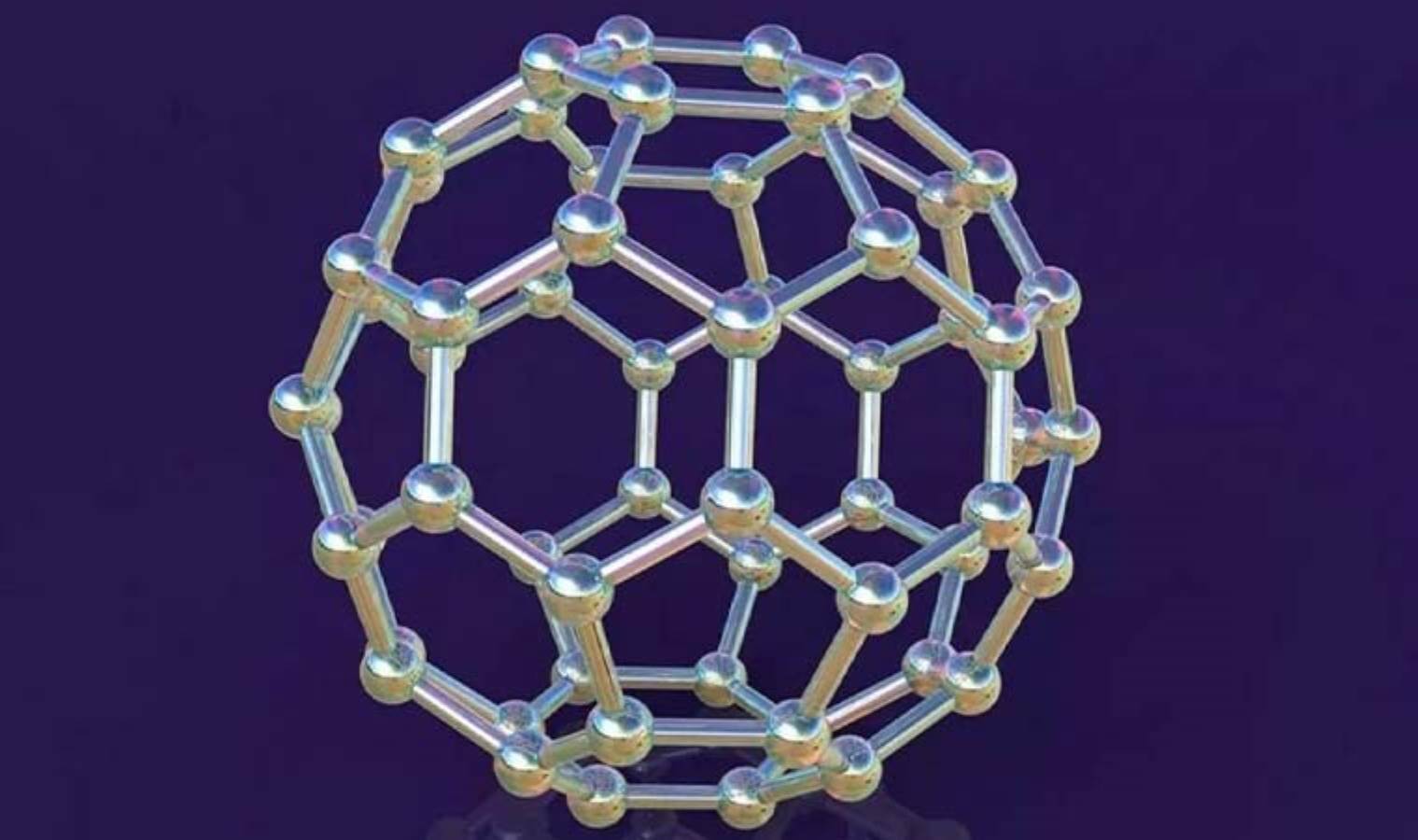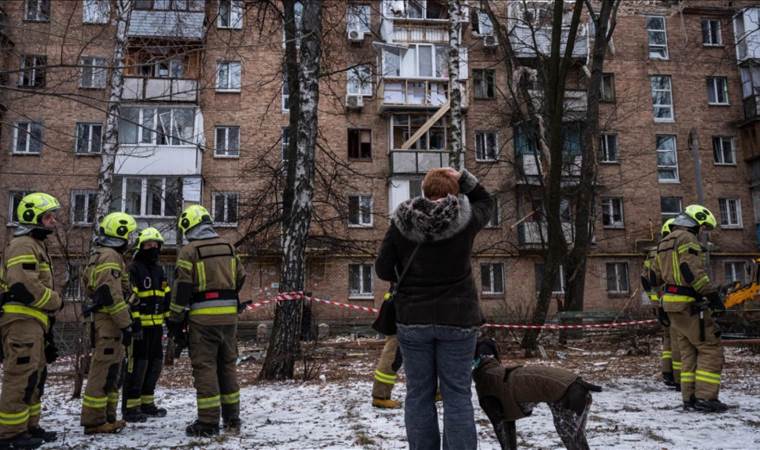The world's most expensive substance set to transform technology
The most expensive thing you can buy is not a jewel, a metal, or even a palace. You've probably never heard of this substance... Here are the priceless dust particles considered the world's most expensive substance.

Some people make headlines for the high amounts of money they spend on various materials. This could sometimes be a jewel, maybe a palace, or a very luxurious car. However, they probably have never thought of purchasing this substance, as its gram sells for around $140 million...
THE SECOND MOST VALUABLE THING ON THE PLANET
This substance draws attention not only for its function but also for its price tag, selling for a staggering $140 million per gram. So, what is this extraordinary thing? Why is it considered the second most valuable thing on the planet? We say "second" because, according to NASA, antimatter is more valuable...

VALUED AT $62.5 TRILLION
Even obtaining the smallest amount of this substance is unimaginably costly. The substance is estimated to be worth $62.5 trillion, greater than the value of the entire global economy, making it clear that no one will be able to purchase it anytime soon. This substance has led Oxford to appreciate the powder called 'Nitrogen Atom-Based Endohedral Fullerenes' as "the most expensive thing in the world."

WHAT ARE NITROGEN ATOM-BASED ENDOHEDRAL FULLERENES?
In simple terms, Nitrogen Atom-Based Endohedral Fullerenes consist of a carbon atom cage containing nitrogen atoms. These molecules, as reported by Ars Technica, have significantly advanced physical and electronic properties compared to "normal" ones; in this case, it involves a long electron spin lifetime. Now, these fullerenes are used to create incredibly accurate and small atomic clocks, the most precise timekeeping system in the world. A news bulletin on the University of Oxford's website states that typical atomic clocks are room-sized, making it apparent why miniaturizing them would be useful.
Atomic clocks are a crucial component of GPS systems, and the ability to make mini clocks will not only revolutionize route suggestions but also transform the potential of driverless cars by making navigation technologies accurate to within 1mm.

THE FUTURE OF MOBILE DEVICES
Nanomaterial scientist Dr. Kyriakos Porfyrakis, who has been working on this material since 2001, told The Telegraph in 2015: "Imagine having a miniature atomic clock that you can carry in your smartphone. This will be the next revolution for mobile devices." Currently room-sized, this substance is intended to be miniaturized in the coming years to fit inside mobile phones as a chip.
Most Read News
-
 Russia, Ukraine accuse each other of overnight airstrike
Russia, Ukraine accuse each other of overnight airstrike
-
 Israeli prime minister departs for US to meet Trump
Israeli prime minister departs for US to meet Trump
-
 1st phase of Myanmar elections concludes
1st phase of Myanmar elections concludes
-
 Syria announces arrest of ‘terrorist cell’ member in Lat
Syria announces arrest of ‘terrorist cell’ member in Lat
-
 Polish premier condemns Russian strike on Kyiv, urges st
Polish premier condemns Russian strike on Kyiv, urges st
-
 Guineans vote in presidential election with coup leader
Guineans vote in presidential election with coup leader
-
 Cambodia-Thailand border calm for 2nd day following ceas
Cambodia-Thailand border calm for 2nd day following ceas
-
 Illegal Israeli settlers damage Palestinian properties i
Illegal Israeli settlers damage Palestinian properties i








